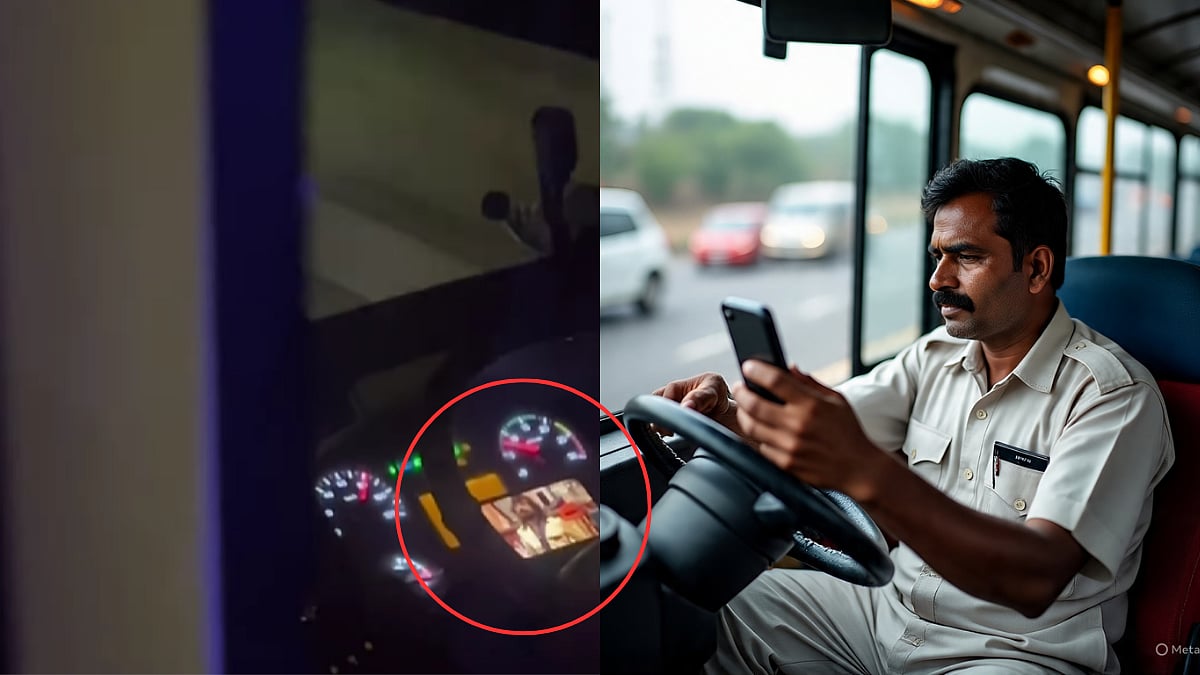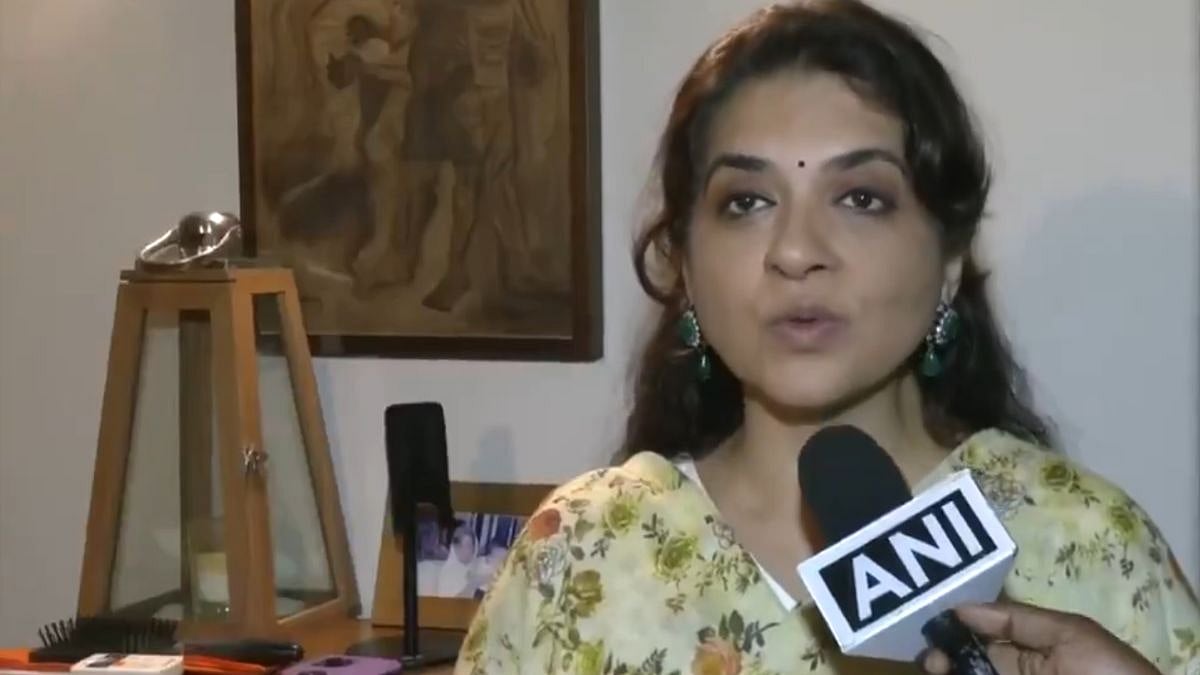Lenskart was co-founded in 2010 by Peyush Bansal, Amit Chaudhary and Sumeet Kapahi. Bansal was a Microsoft employee when he was invited to one of Bill Gates’ homes in the US for a meeting along with a few other employees.
Bansal was inspired by the story of Microsoft and the product that was used globally — not just by a limited group of people, but the planet. Following Gates’ footsteps of finding solutions for a widespread cause, and giving back to society, Bansal started to look for gaps in the Indian market.
A truckload of ideas came to him and he bought various domains like Watchkart, Bagskart, Jewelskart and Lenskart – Madhur Acharya, Chief Business Officer at Aqualens and Vice President of E-Commerce at Lenskart, tells us.
Myopia in India was starting to become a pertinent problem and given that the market for corrective eyewear was highly unorganised, the founders saw a big opportunity. By 2014 Lenskart remained their only operative portal. “Local opticians used to take around 10-15 days to make a pair of glasses. And glasses are something that can essentially handicap you in a way.”
A Mission To Provide Vision
Bansal and his co-founders were on a mission to provide vision to billions. Lenskart started as an online platform and soon enough, penetrated nooks and corners of the country. By 2014 they launched their first brick-and-mortar store and went on to build over 2,000 stores across the country.
Acharya recalls the online revolution in India that bolstered its e-commerce sector, before which the internet was expensive and phones weren’t as smart as they are today. “Even today, only about eight percent of India accesses e-commerce. Markets are heavily offline driven.”
The D2C brand has had to accept that the need for physical touch will never go away, and providing for both mediums is necessary. “At work, we refer to the two entities as India and Bharat. India runs on e-commerce, Bharat runs offline.” As for Lenskart, about 70% of sales happen online, across platforms, and 30% happen offline.
Being Customer Obsessed
As reviews, ratings and customer sentiment have become key drivers of brand sales and growth, the importance of customer satisfaction cannot be underscored. Acharya tells us that Lenskart’s corporate employees are constantly made to go on-ground and spend time in stores to understand real problems and their potential solutions.
Teams are made to dig deep into negative comments and solve customer issues. “If there are 10 positive customer reviews, but two negative ones, we have to explain to the management exactly what has gone wrong.”
Given that Lenskart's offerings are both an essential and a fashion product, there is a high standard they are expected to meet. And for consumers, to have the highest experience, they need to be educated on taking care of the product.
Cutting Deeper
To further improve the customer experience, Lenskart has introduced concepts like remote optometry and at-home eye tests, in addition to their free in-store eye test provision. Remote optometry, where you can take an eye test using a screen at home, is still in its beta stage and its accuracy is under study.
In his years in marketing, Acharya has learnt that Indian consumers are among the most pampered in the world. With q-commerce becoming the new norm, one-day deliveries are non-negotiable for the brand and they have successfully rolled it out in certain cities.
Finally, they want to be the “Zara of eyewear”, constantly introducing new collections so that customers never run out of style statements and never get bored of the line-up.
Decoding The Two Indias
Lenskart scores high on their retention and focuses mostly on above-the-line marketing. “TV is the perfect channel for any mass brand, it is the medium you will reach Bharat - which is the tier two and tier threes.”
The next 10 years are crucial for Indian businesses. Indians are getting more access to information, they are smart and value-seeking, and they do their research before they spend to find the best available offer.
At the same time, they are loyal to the brands they like and are flirty with new brands, with a desire to try new things.
.png?width=1200)
.png)








